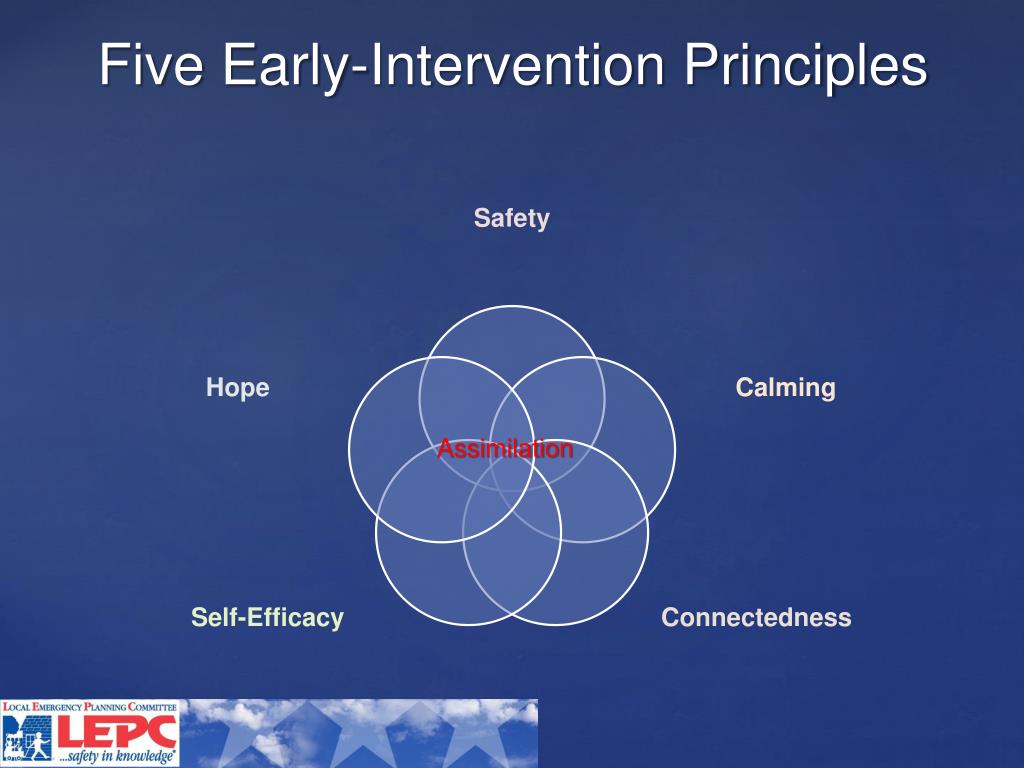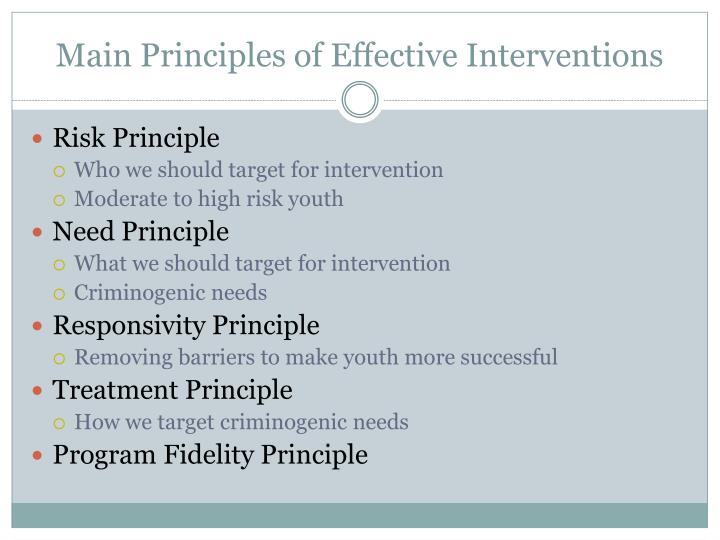

The assessment of risk was a matter of professional judgement. Guided by their own professional training and experience, staff would make judgements as to who required enhanced security and supervision. A brief history of risk assessment First generation: Professional judgementįor much of the first half of the twentieth century, the assessment of offender risk was left in the hands of correctional staff (i.e., probation officers and prison staff) and clinical professionals (i.e., psychologists, psychiatrists and social workers).

We also provide evidence of how rehabilitation programs can produce significant reductions in recidivism when these programs are in adherence with the RNR model. In so doing, we provide a summary of the evidence that demonstrates how the criminal behaviour of offenders can be predicted in a reliable, practical and useful manner.

This paper summarizes how the RNR model has influenced development of offender risk assessment instruments and offender rehabilitation programs. It takes into account strengths, learning style, personality, motivation, and bio-social (e.g., gender, race) characteristics of the individual. Specific responsivity is a "fine tuning" of the cognitive behavioural intervention. Core correctional practices such as prosocial modeling, the appropriate use of reinforcement and disapproval, and problem solving (Dowden & Andrews, 2004) spell out the specific skills represented in a cognitive social learning approach. Cognitive social learning strategies are the most effective regardless of the type of offender (i.e., female offender, Aboriginal offender, psychopath, sex offender). General responsivity calls for the use of cognitive social learning methods to influence behaviour. There are two parts to the responsivity principle: general and specific responsivity. Responsivity principle: Maximize the offender's ability to learn from a rehabilitative intervention by providing cognitive behavioural treatment and tailoring the intervention to the learning style, motivation, abilities and strengths of the offender.Need principle: Assess criminogenic needs and target them in treatment.

Risk principle: Match the level of service to the offender's risk to re-offend.
#Principle of intervention full#
Although we should not lose sight of the full set of principles (we will say a bit more about them at the end of the paper) our focus here will be with the core principles of risk, need and responsivity.īriefly, the three core principles can be stated as follows: These additional principles describe, for example, the importance of staff establishing collaborative and respectful working relationships with clients and correctional agencies and managers providing policies and leadership that facilitate and enable effective interventions (Andrews, 2001 Andrews & Bonta, 2006 Andrews & Dowden, in press). Since 1990, a number of principles have been added to the core theoretical principles to enhance and strengthen the design and implementation of effective interventions. First formalized in 1990 (Andrews, Bonta & Hoge), the RNR model has been elaborated upon and contextualized within a general personality and cognitive social learning theory of criminal conduct (Andrews & Bonta, 2006). The Risk-Need-Responsivity (RNR) model is perhaps the most influential model for the assessment and treatment of offenders (Blanchette & Brown, 2006 Ward, Mesler & Yates, 2007). It also explains why some interventions work and others do not. This paper summarizes the role of the principles in the development of risk assessment instruments. As suggested by its name, it is based on three principles: 1) the risk principle asserts that criminal behaviour can be reliably predicted and that treatment should focus on the higher risk offenders 2) the need principle highlights the importance of criminogenic needs in the design and delivery of treatment and 3) the responsivity principle describes how the treatment should be provided. Risk-need-responsivity model and offender risk assessmentĭeveloped in the 1980s and first formalized in 1990, the risk-need-responsivity model has been used with increasing success to assess and rehabilitate criminals in Canada and around the world.Service Standards for Transfer Payment Programs.Memorial Grant Program for First Responders.Child Sexual Exploitation on the Internet.Preclearance in Canada and the United States.


 0 kommentar(er)
0 kommentar(er)
